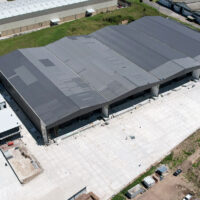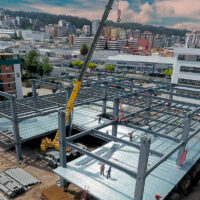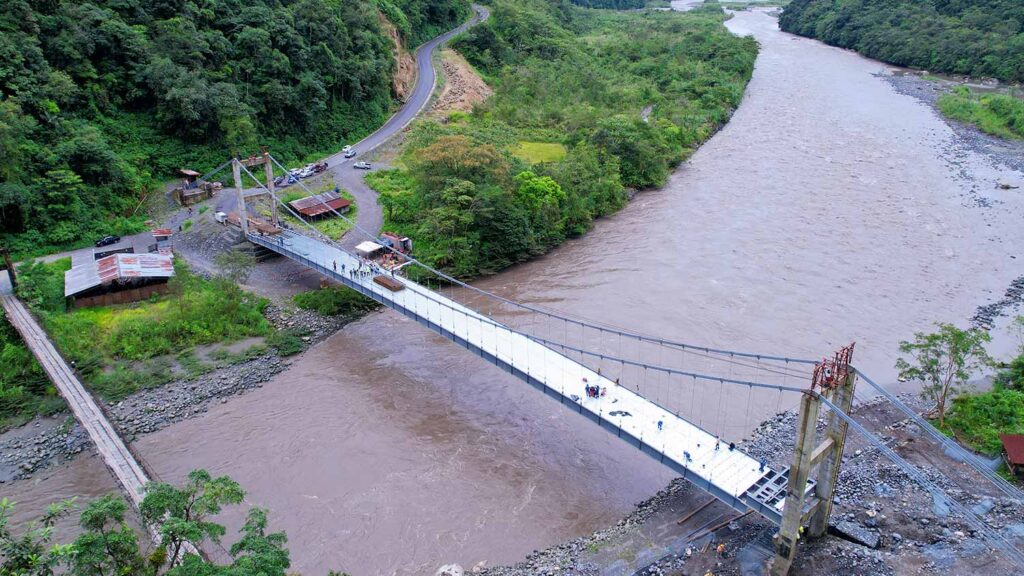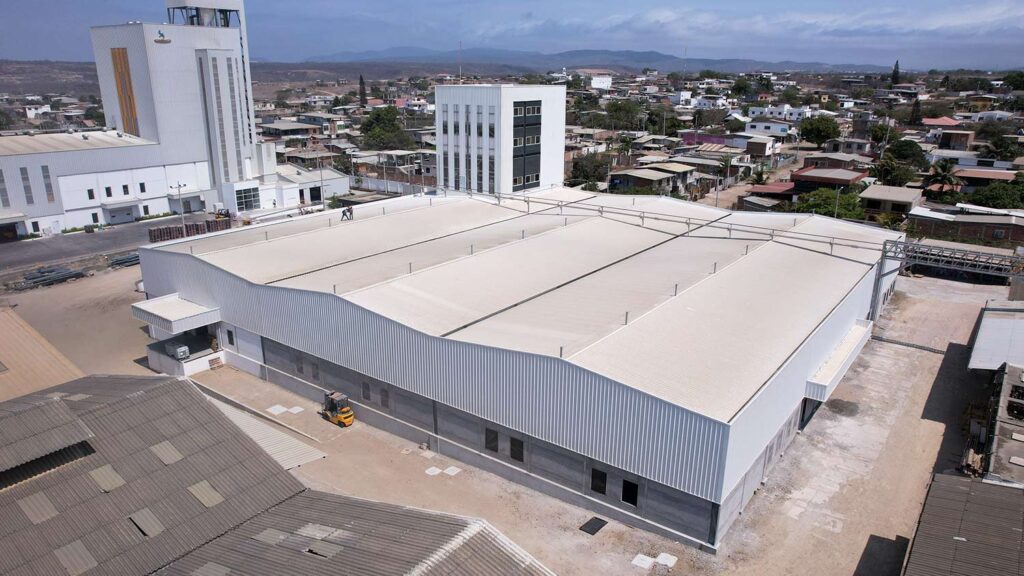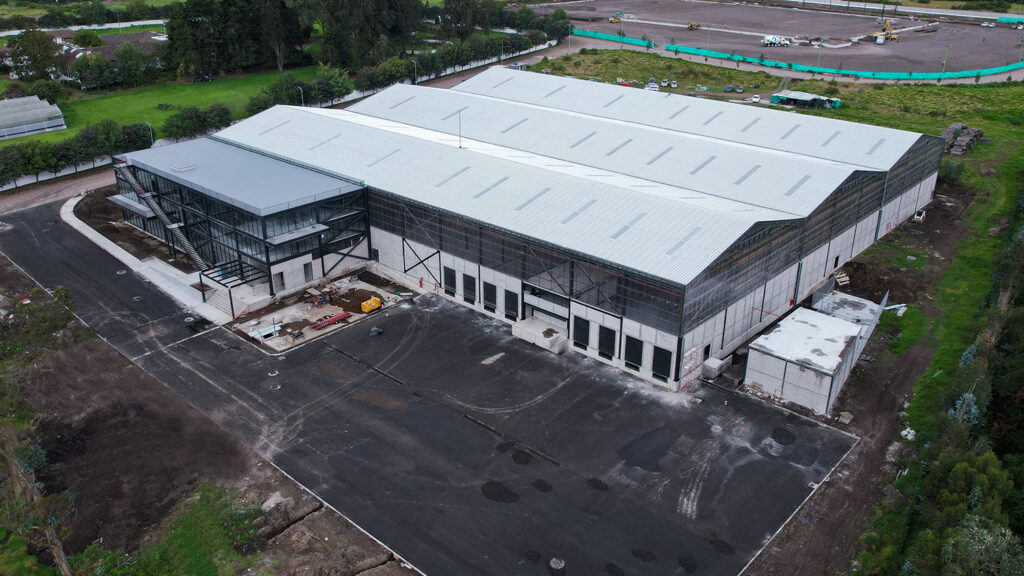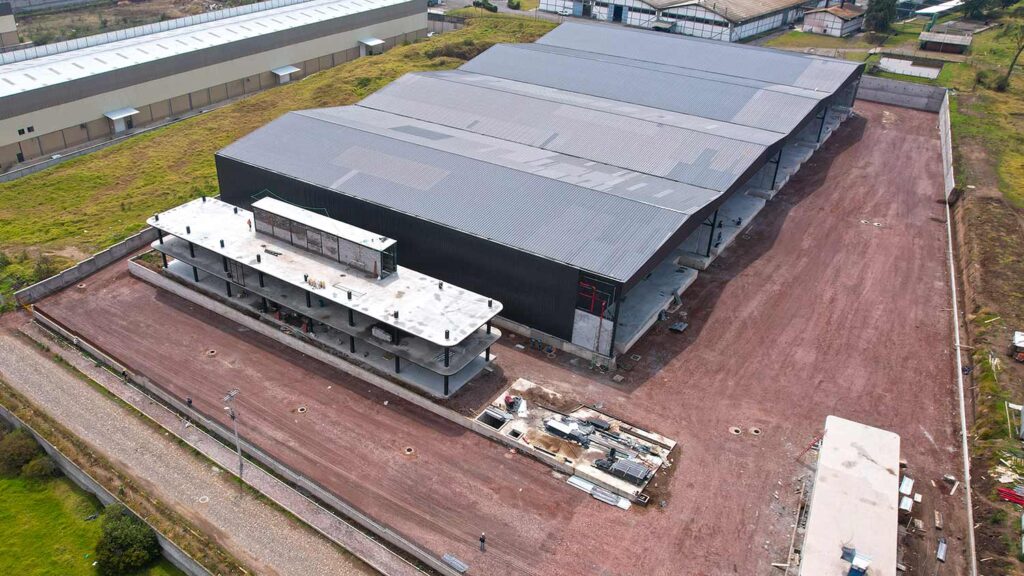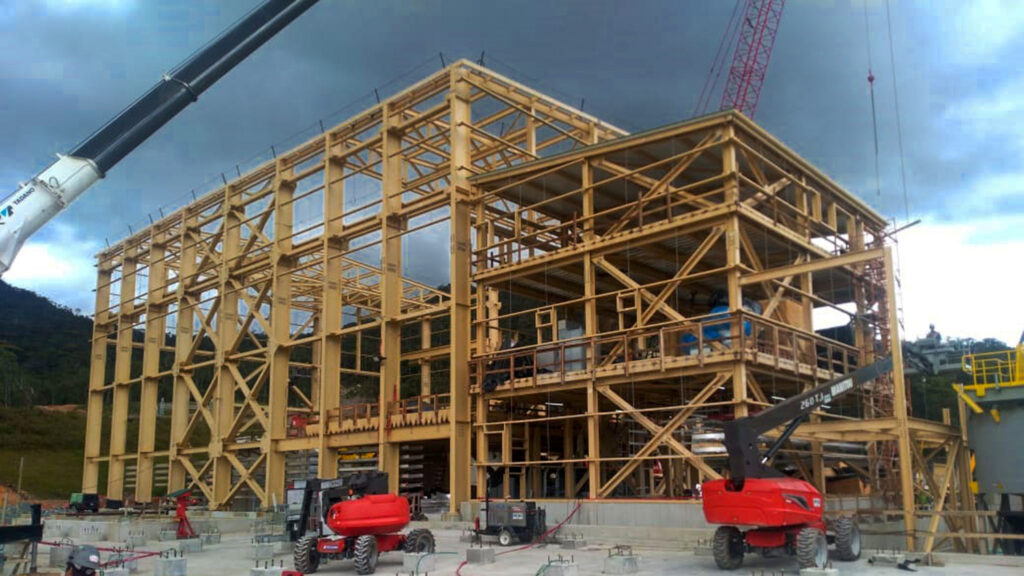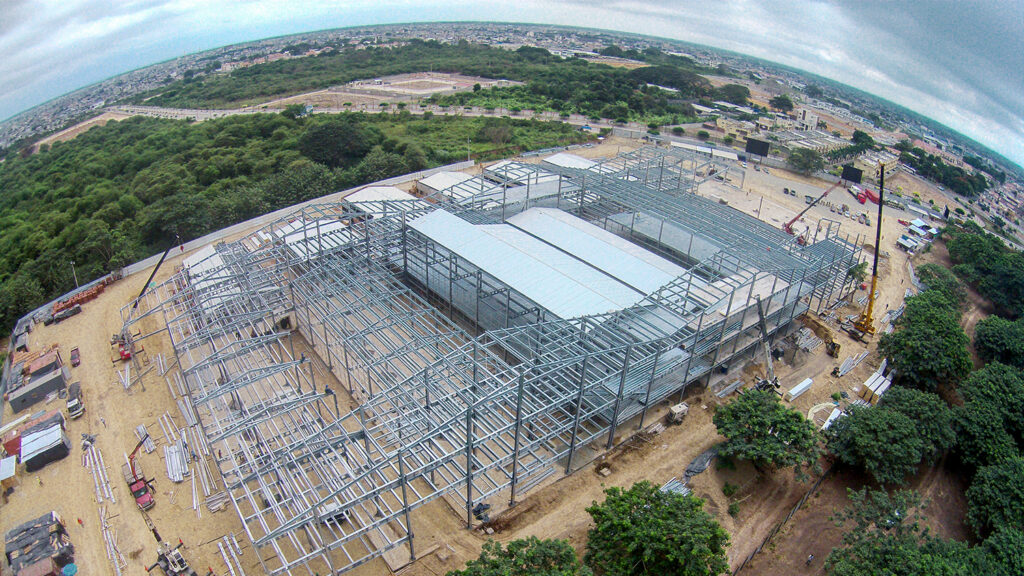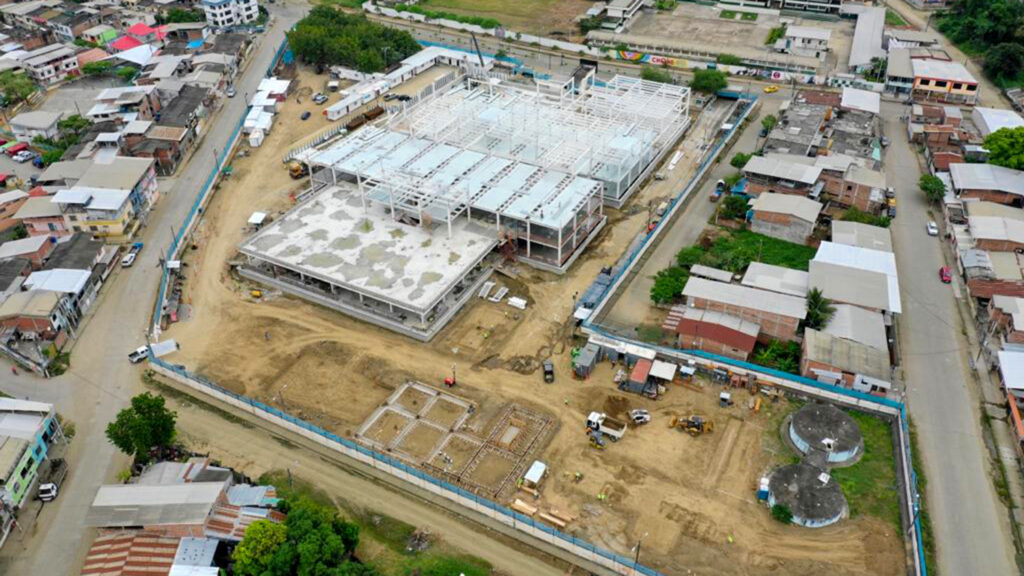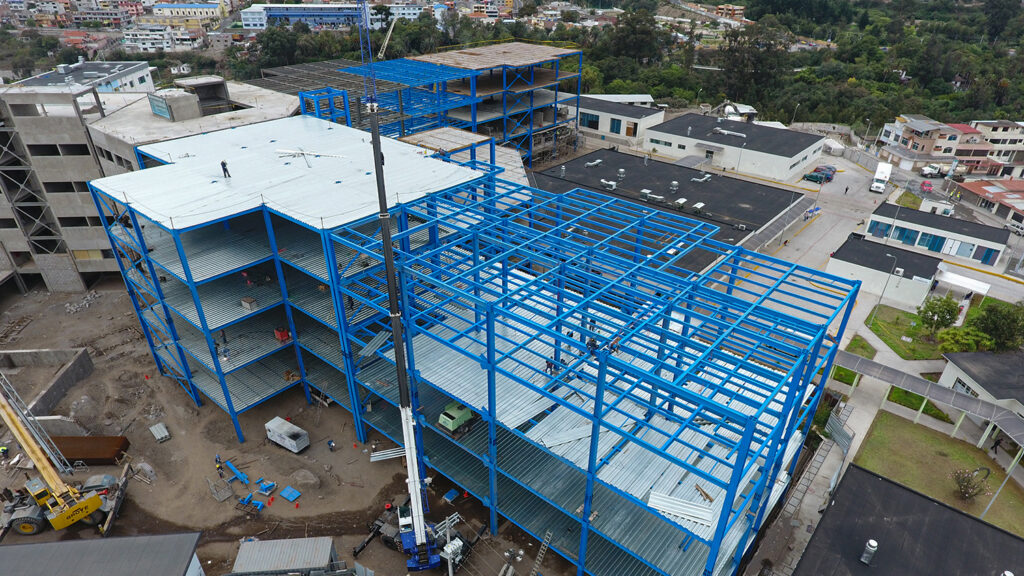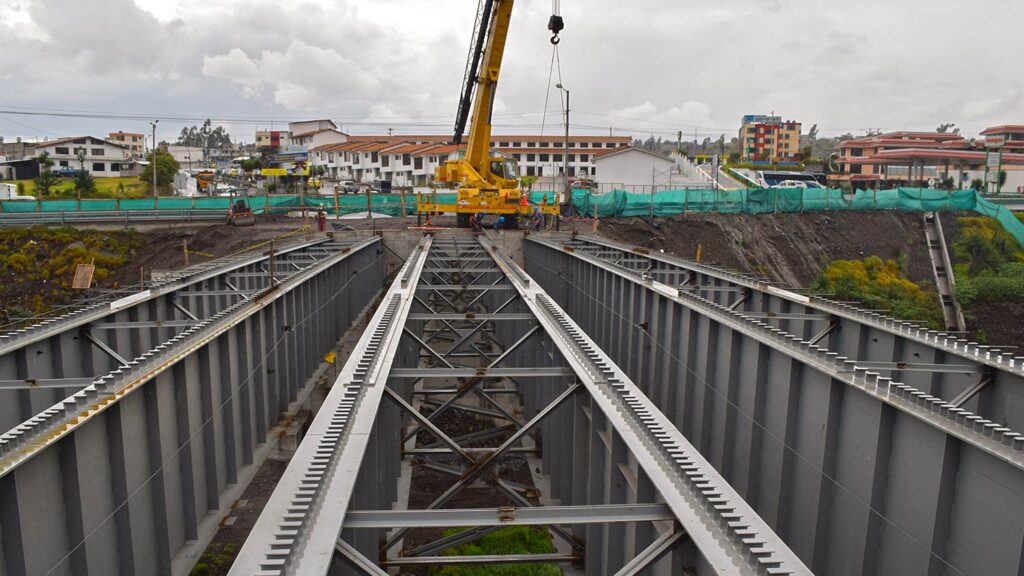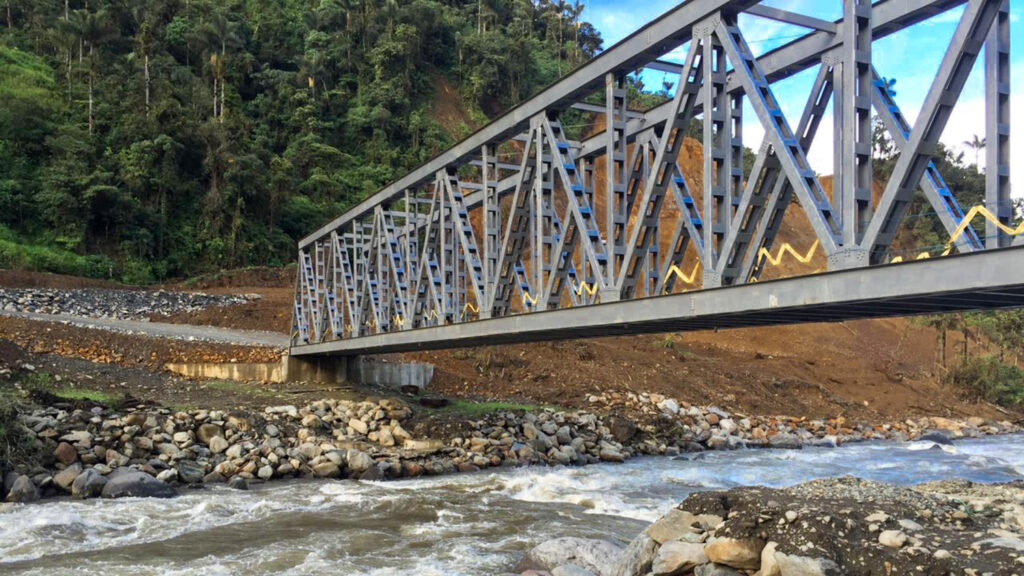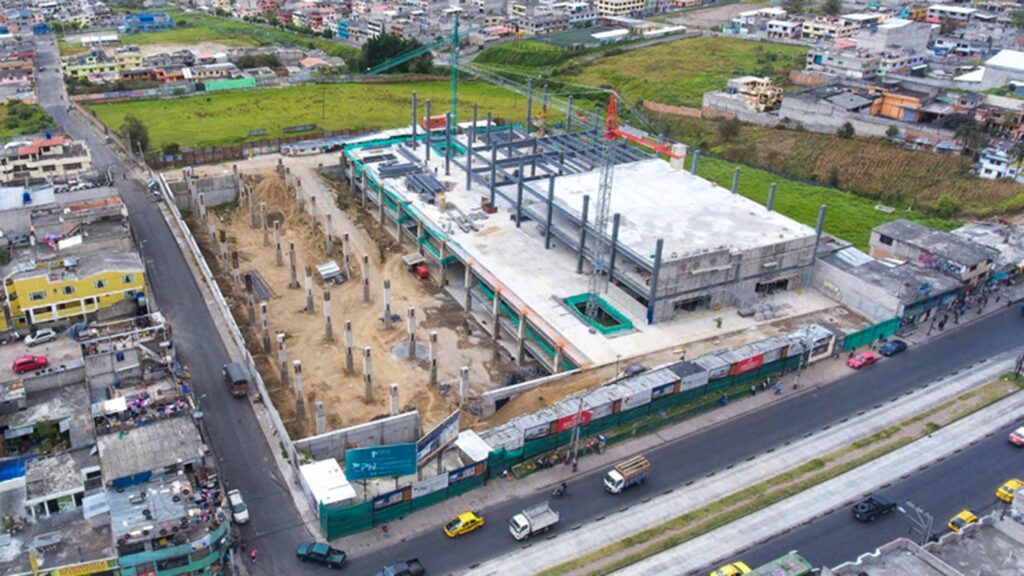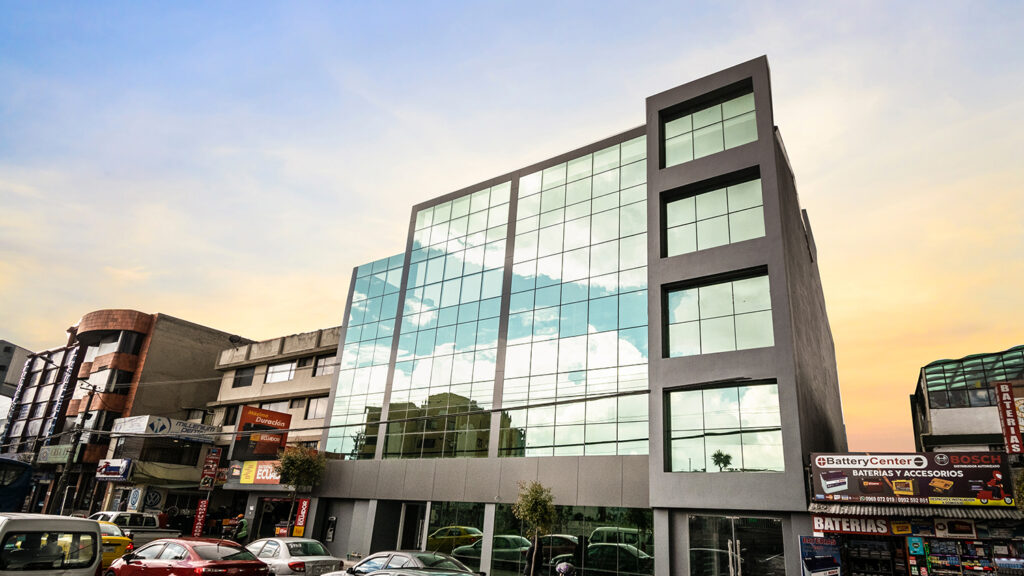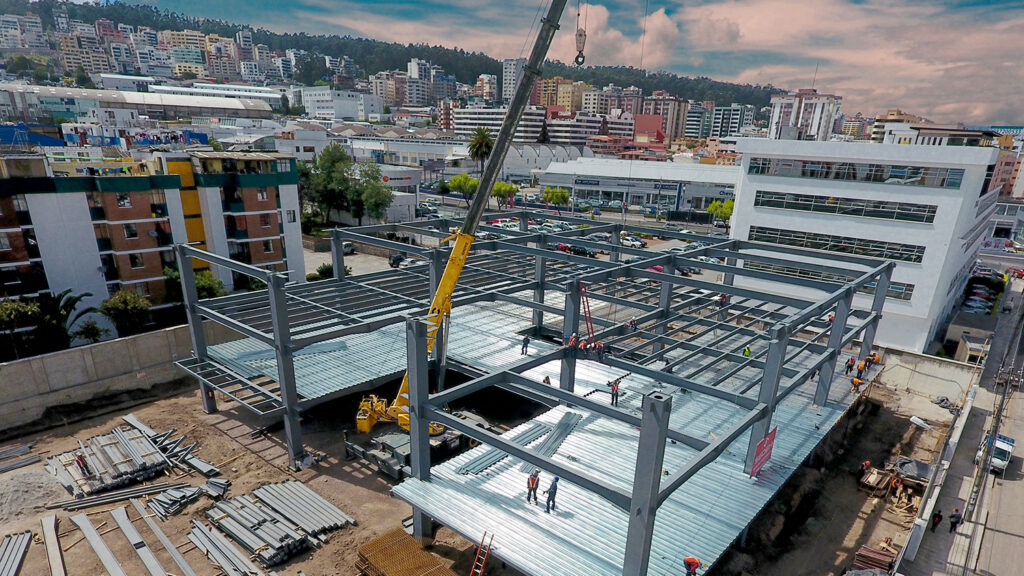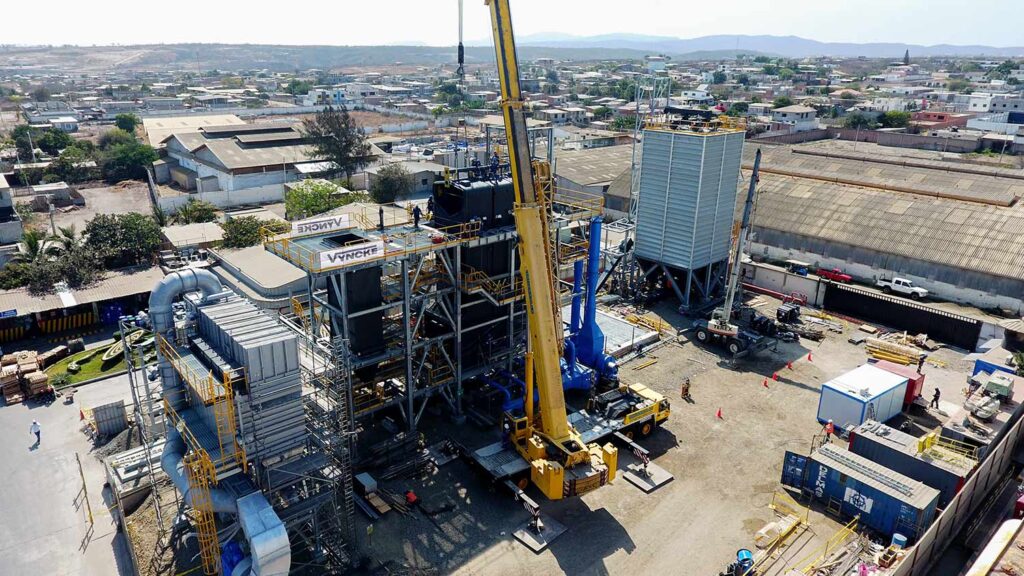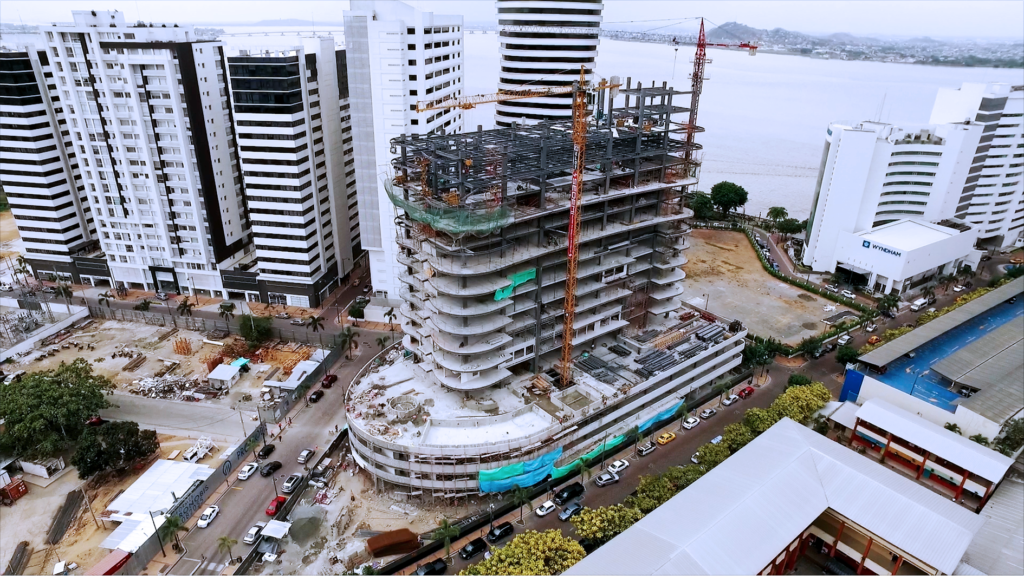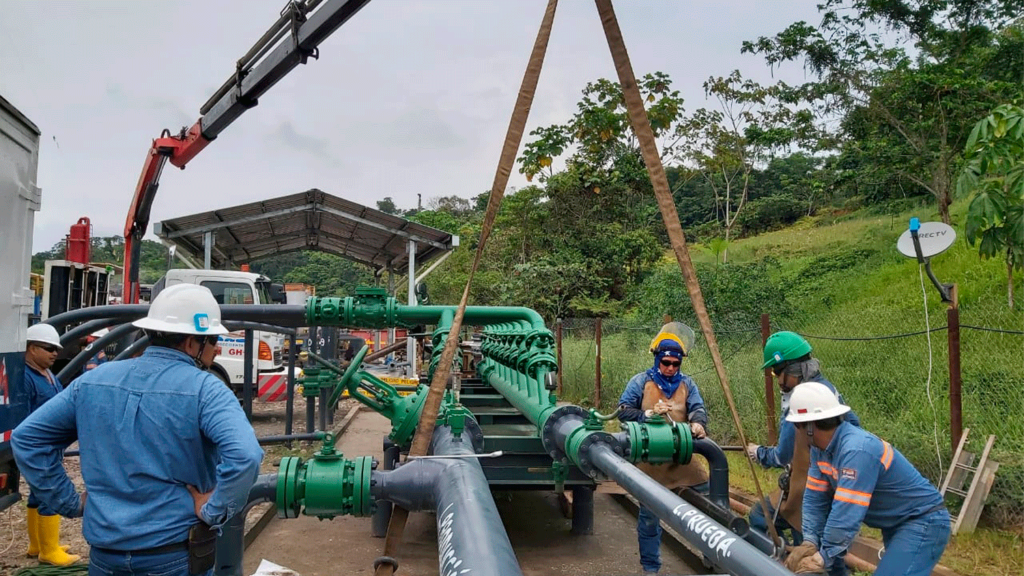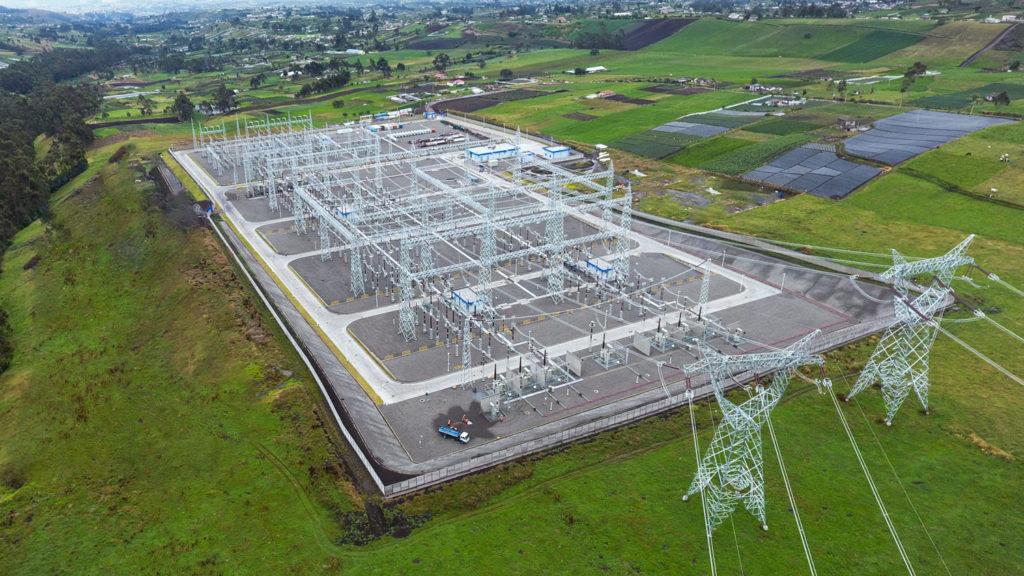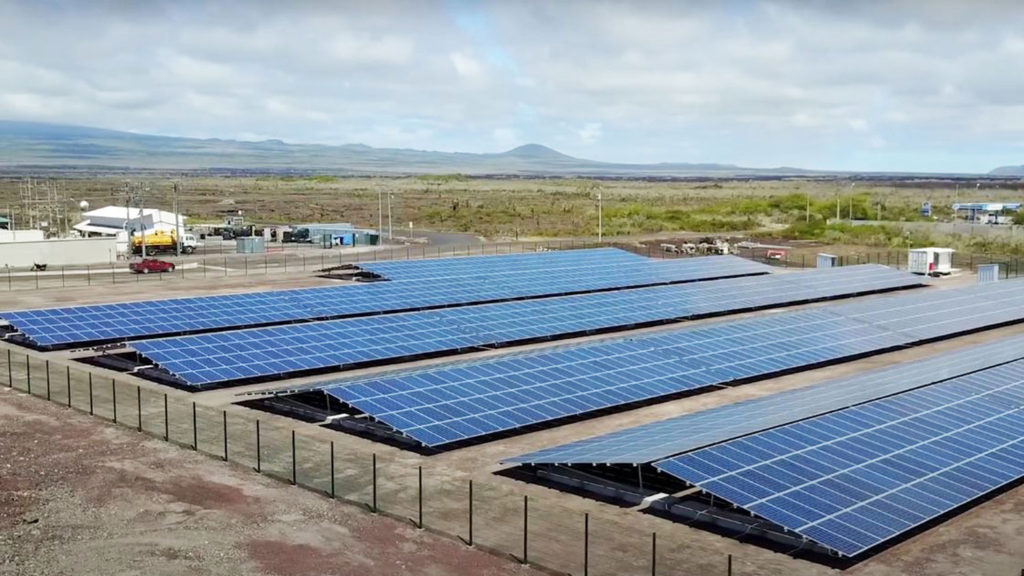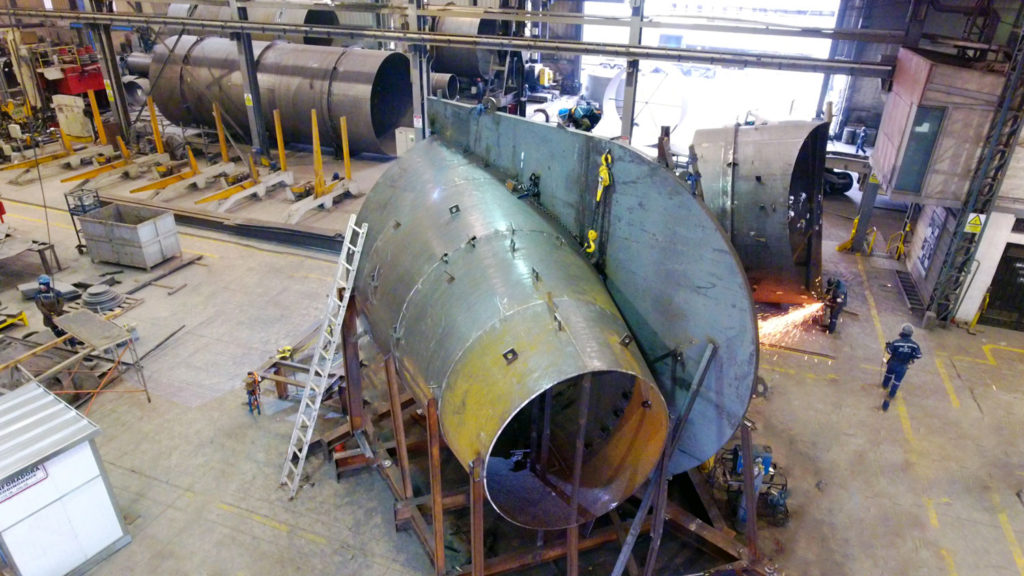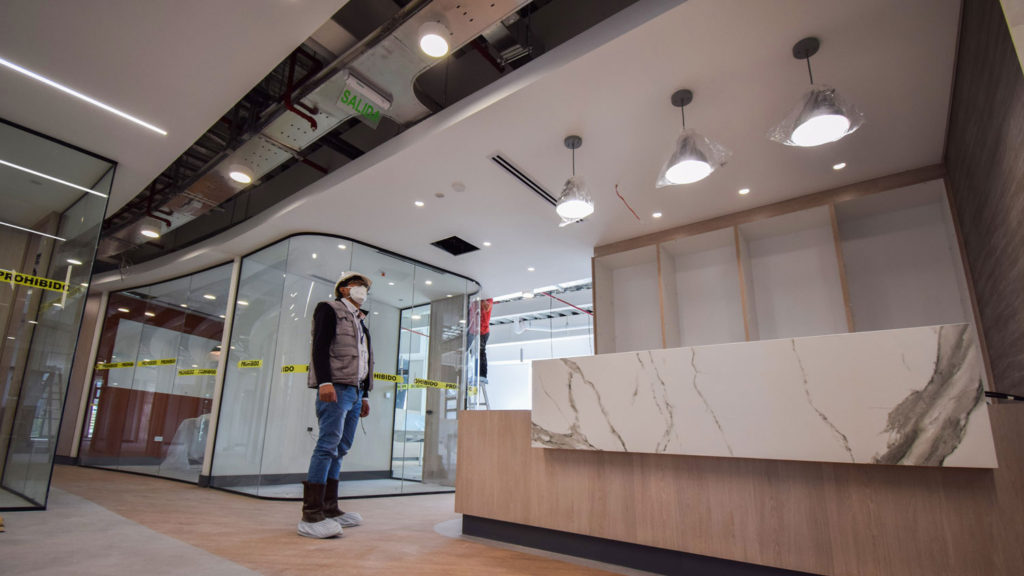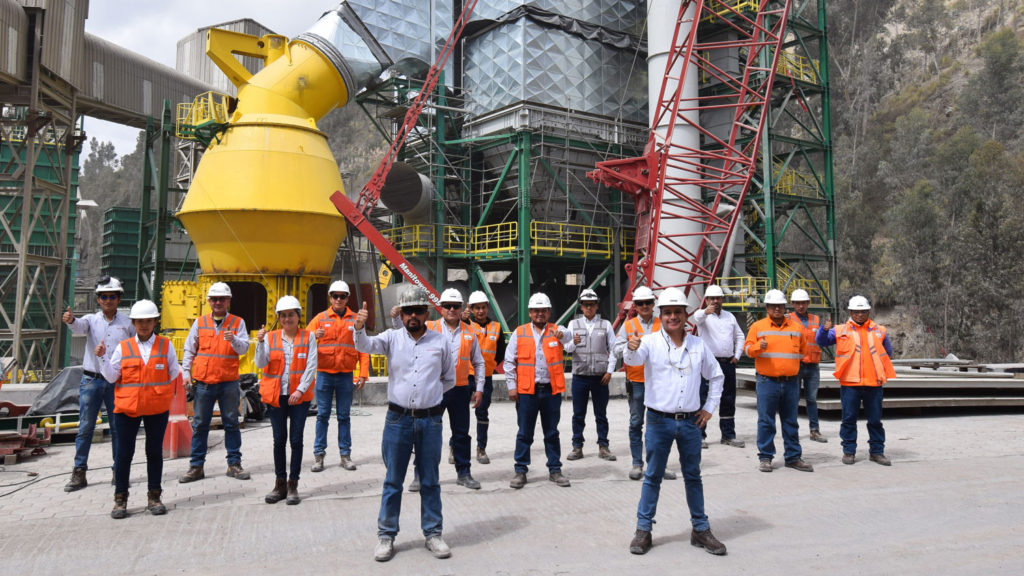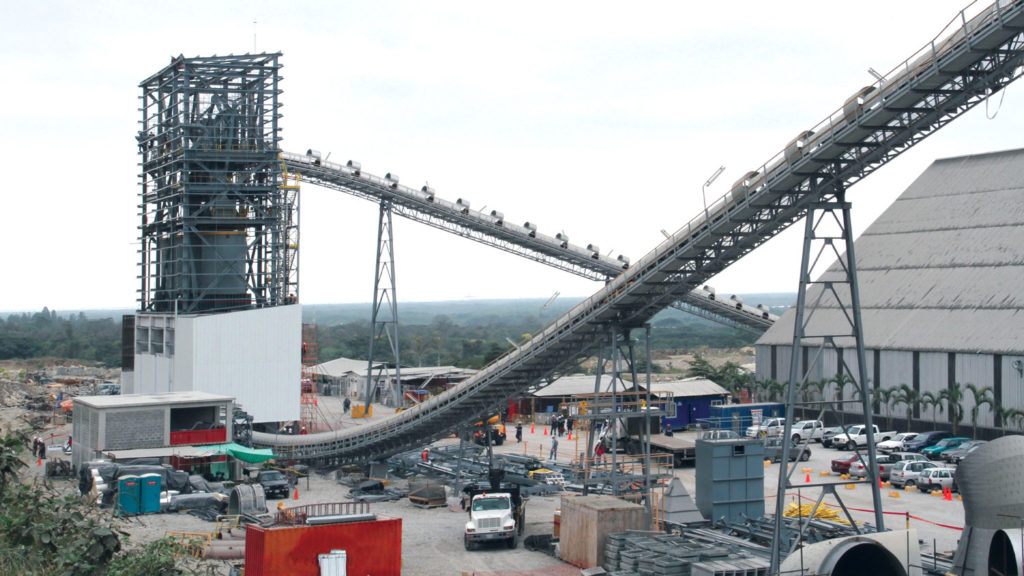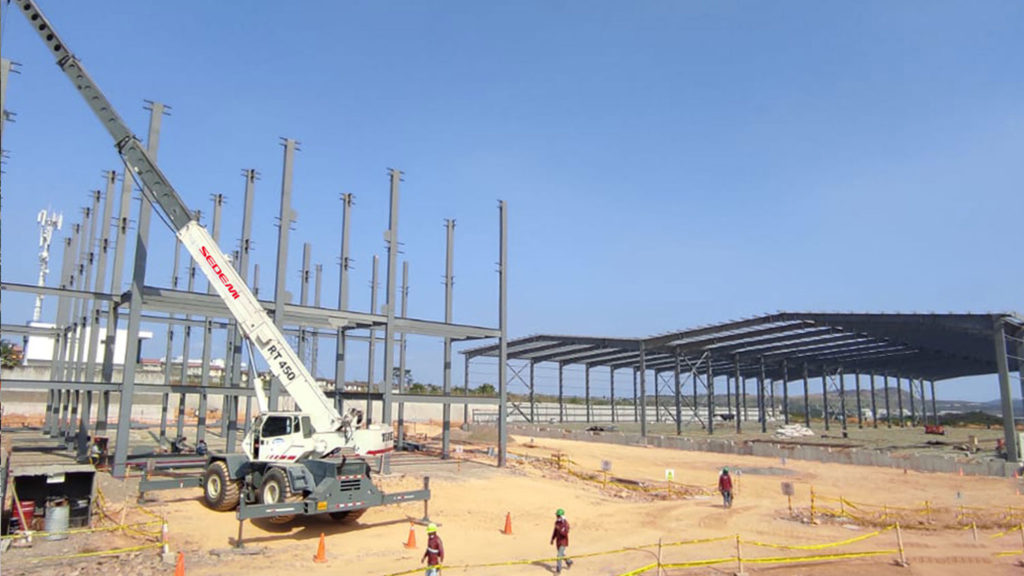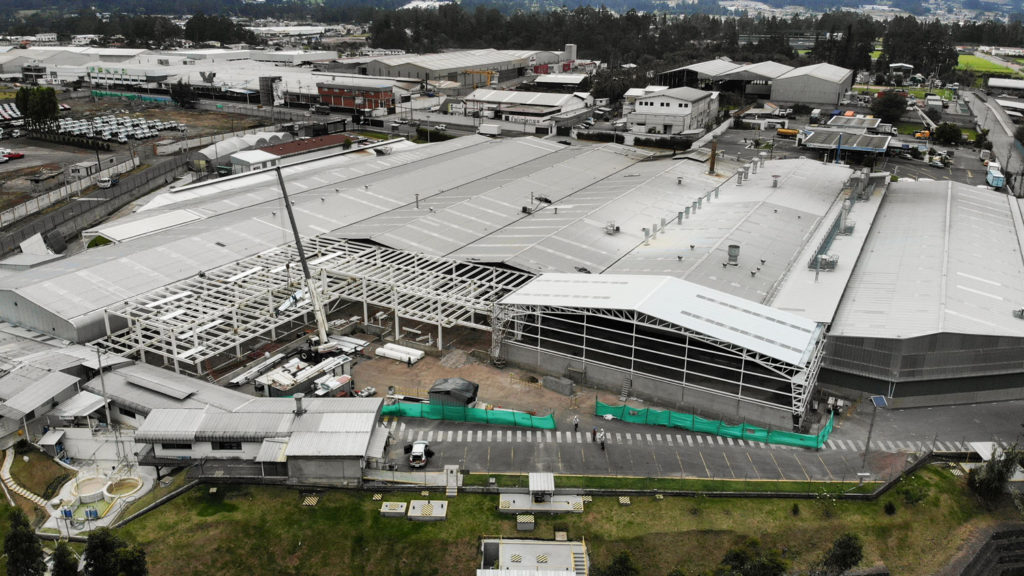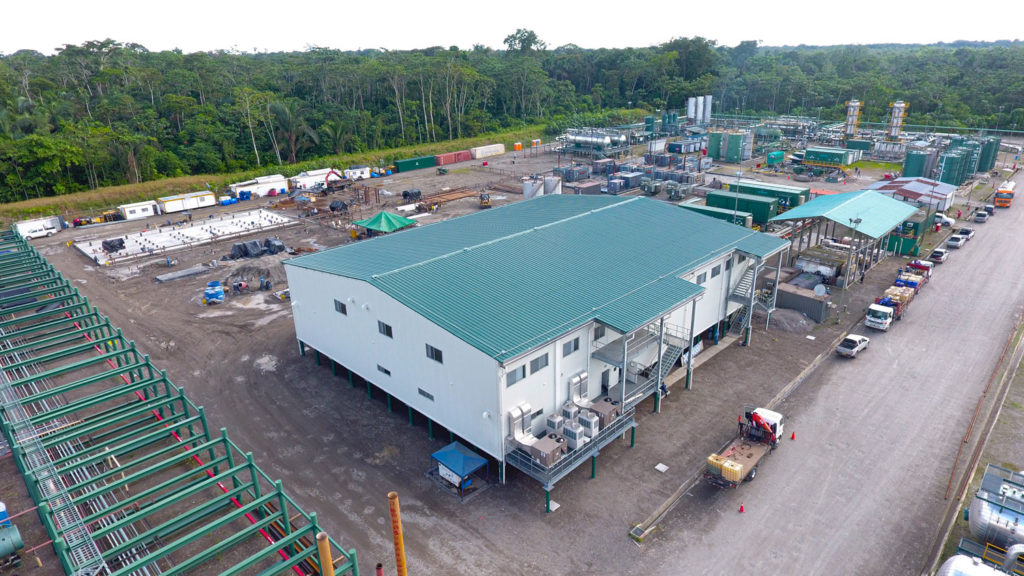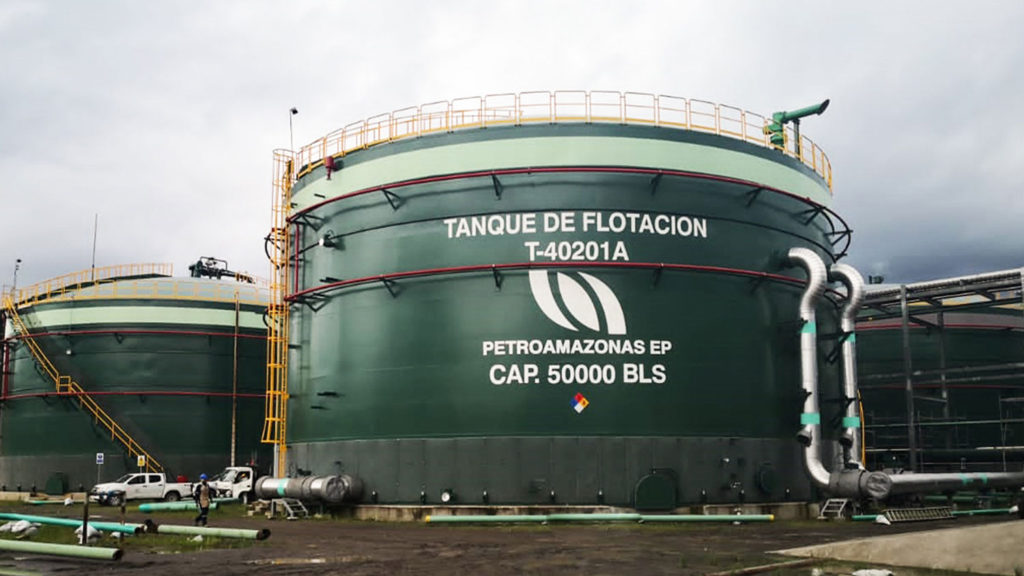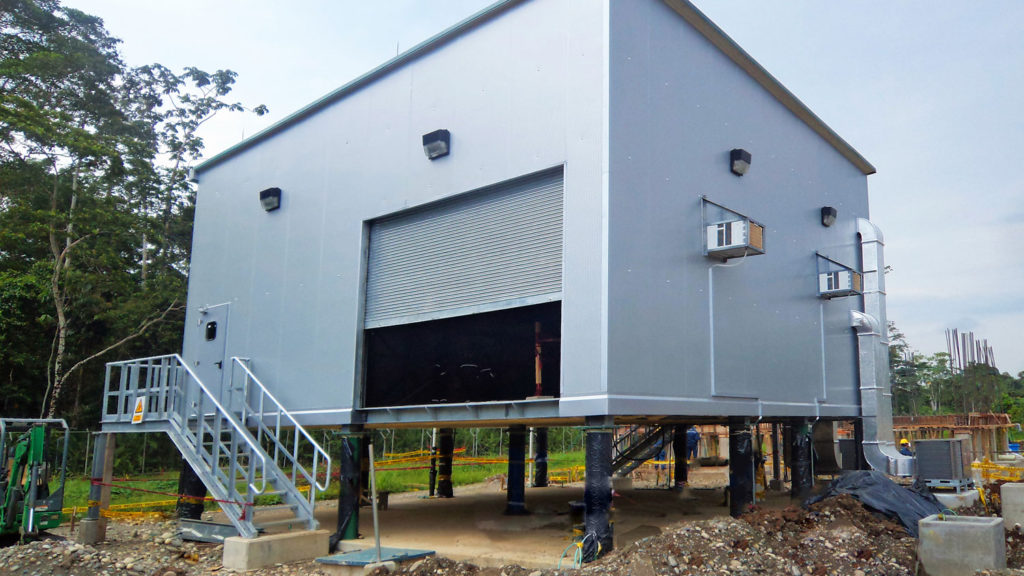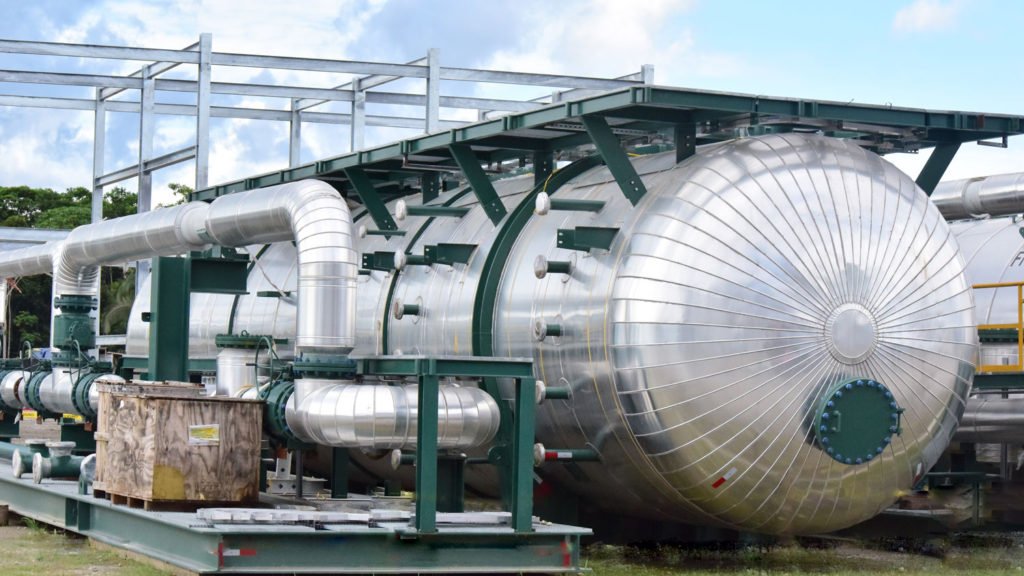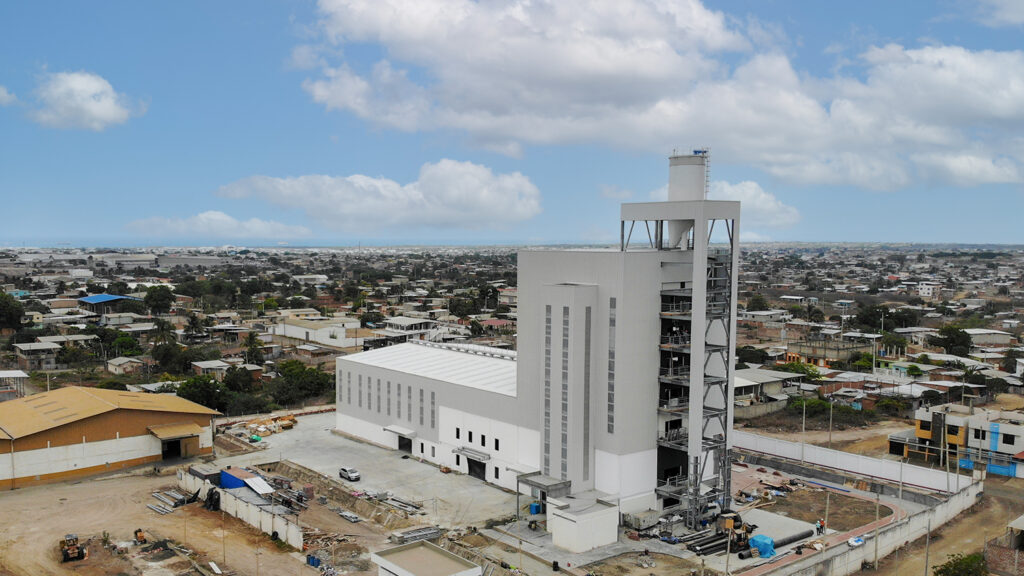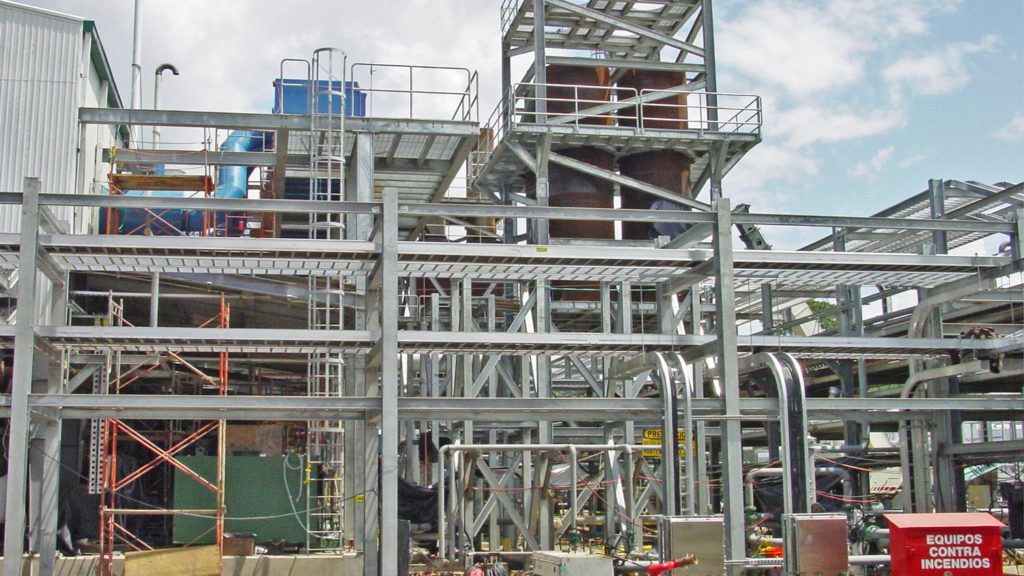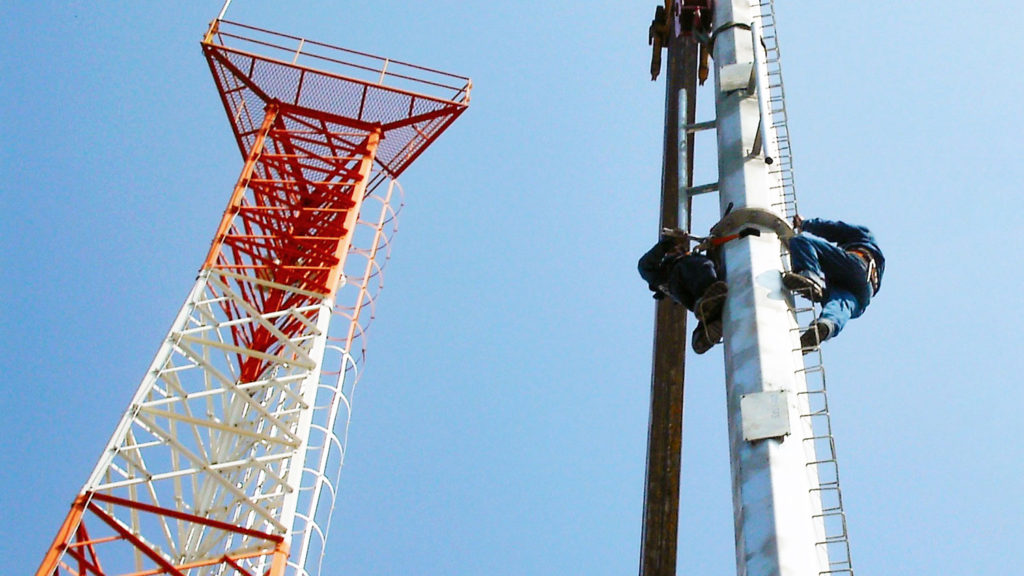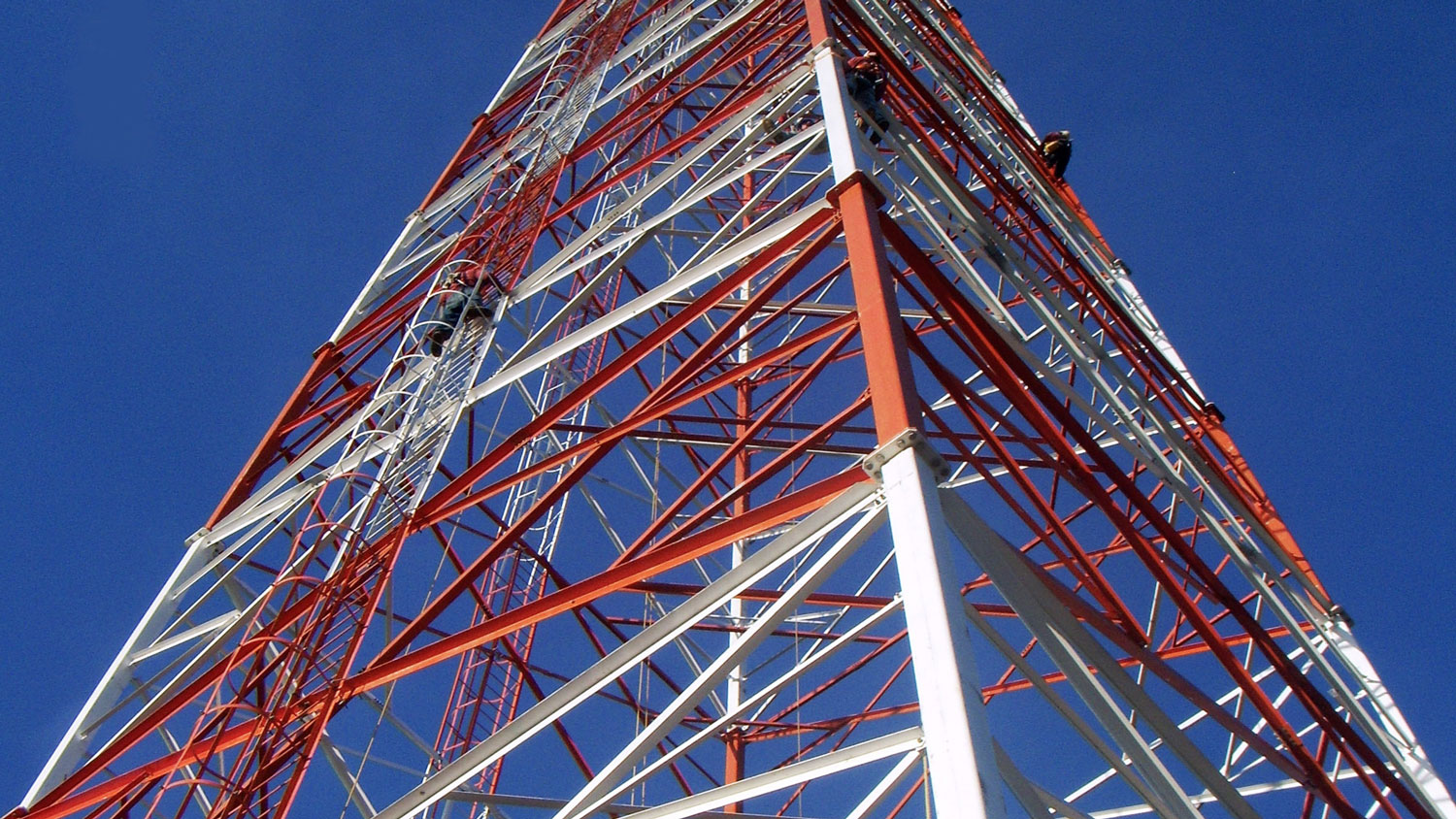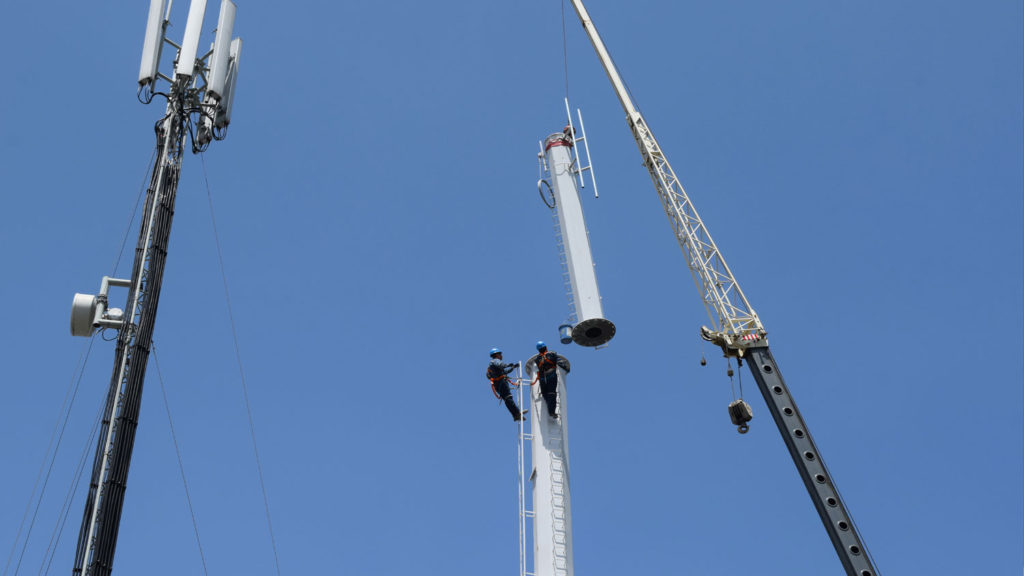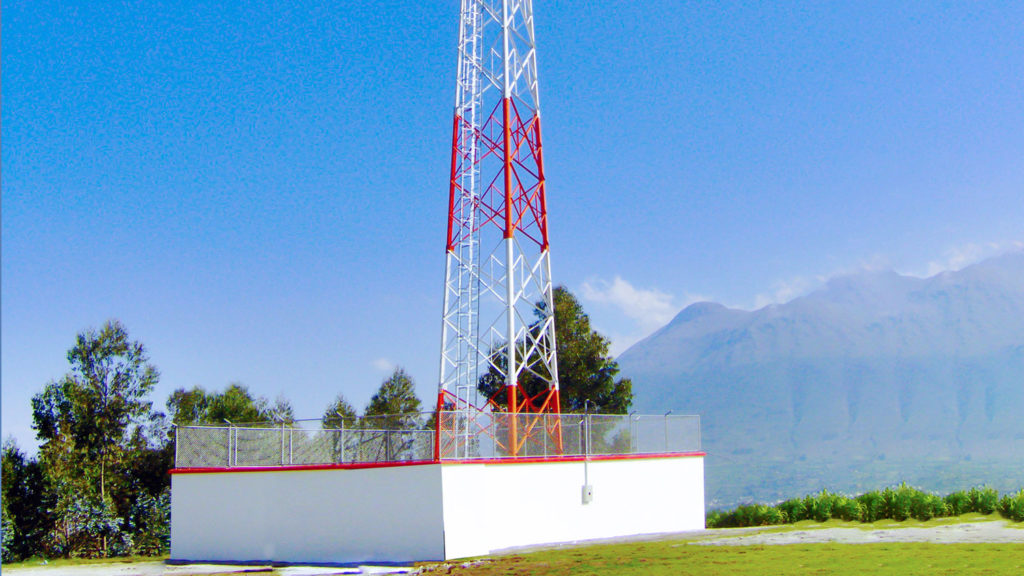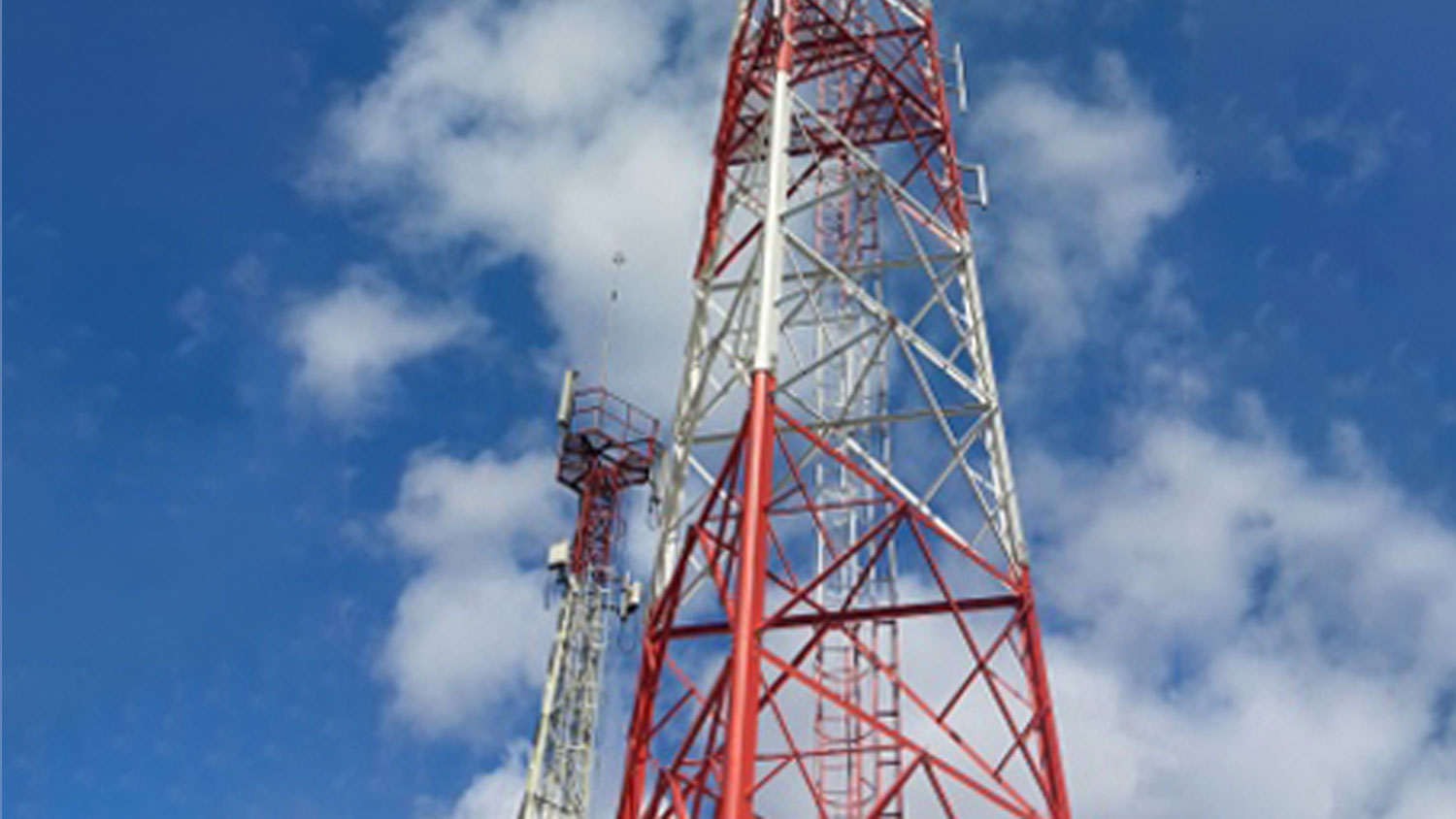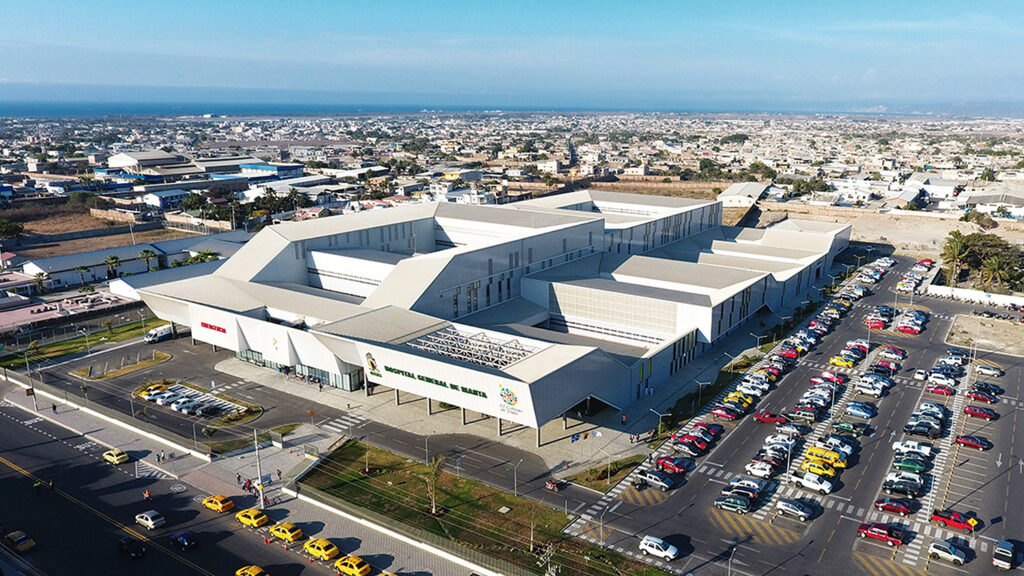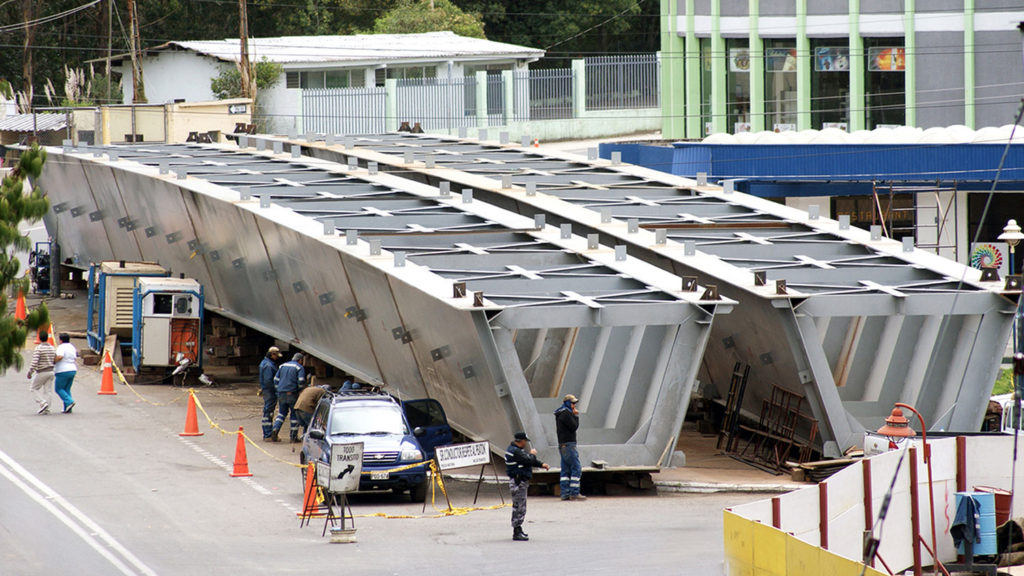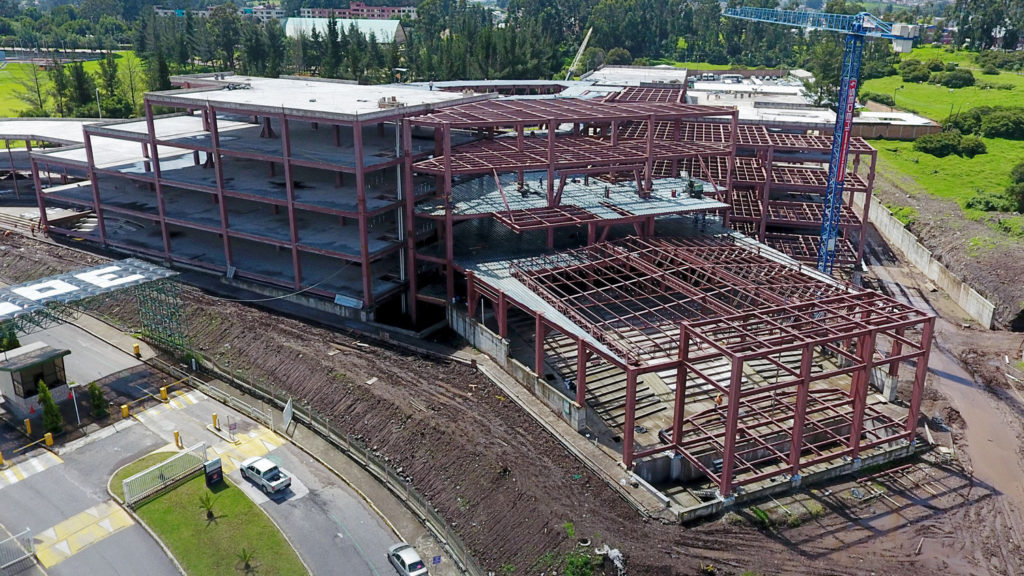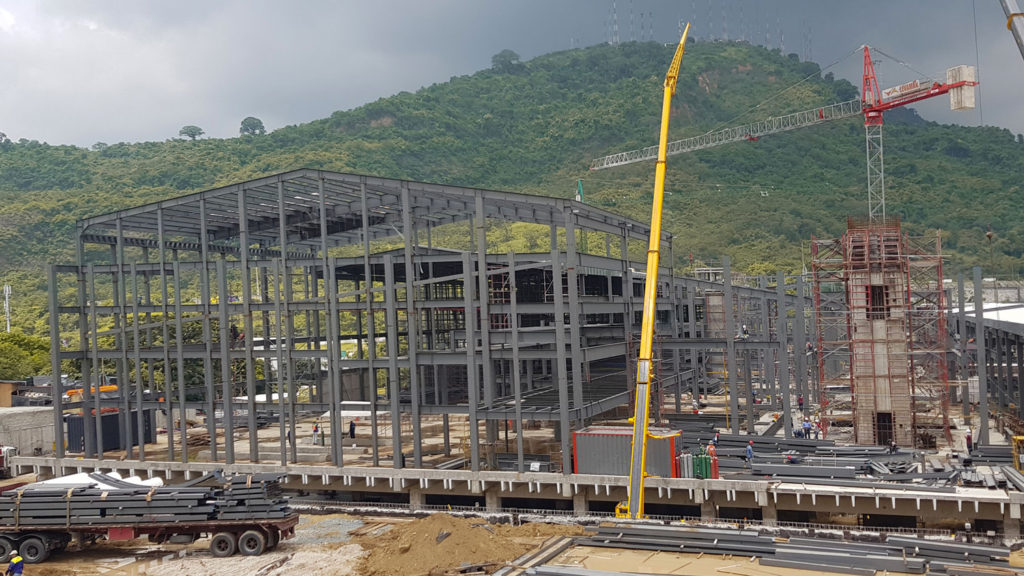The metallic structures that support telecommunications antennas play an important role in the development of the country and society, due to the inherent need for personal and professional communication. It is necessary to prevent structures from failing and guarantee the provision of this vital service.
Without an adequate planning for the construction of telecommunications structures, they can collapse or fall. The most common reasons are:
1.- Bad Design: It is necessary that the design of the structure is appropriate, based on several factors that must be analyzed by the engineers in charge of giving life to the project. It must comply with the EIA/TIA/222-F/G regulations for towers and structures that are made with the help of a licensed software that makes each element with the space and height restrictions as needed.
It is important to know the load to be supported at the beginning of the project, to determine the number of materials that will be required. Likewise, in the amount of load, it is important to consider the future growth of equipment or antennas to be installed.
The speed of the wind is an important factor during design, since based on it and the calculation formulas described in the standard, models are created to validate that the materials, in the chosen thicknesses, are enough to withstand the force of the wind.
2.- Poor manufacturing: This can occur when whoever that transforms the design omits welding details or are executed by unqualified personnel, replacing materials without performing a simulation through the use of licensed software to validate the impact; likewise, when the appropriate tools are not used to make bends, perforations or cuts of the material. All errors in the manufacturing process will influence in the life span of the telecommunications structure.
3.- Bad construction process: This point is associated with how to install the structure for telecommunications, outlining the path prior to installation. It is important to take certain considerations such as the reactions that the structure will generate to the ground, the portable capacity of the soil in its lower strata (at least up to six 6 meters deep) and the foundation design, that is, the resistance of the structure in critical conditions like the wind.
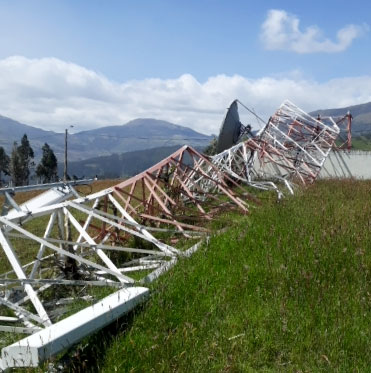
4.- Lack of preventive maintenance: Finally, one of the most common causes for the possible collapse of a structure is the lack of preventive maintenance that the same standard recommends, with actions such as adjusting and changing bolts; and analysis of new load before installing.
“Creating the design of a physical structure and transforming it into reality is a challenge for construction professionals, which is why it is necessary to carry it out with a specialized Ecuadorian company like SEDEMI, which has been in the industry for 45 years and has the qualified personnel for projects of great magnitude, contributing to the development of the country under high quality standards” commented the engineer Juan Carlos Díaz Ulloa, Telecommunications Manager in SEDEMI Corporate Group.
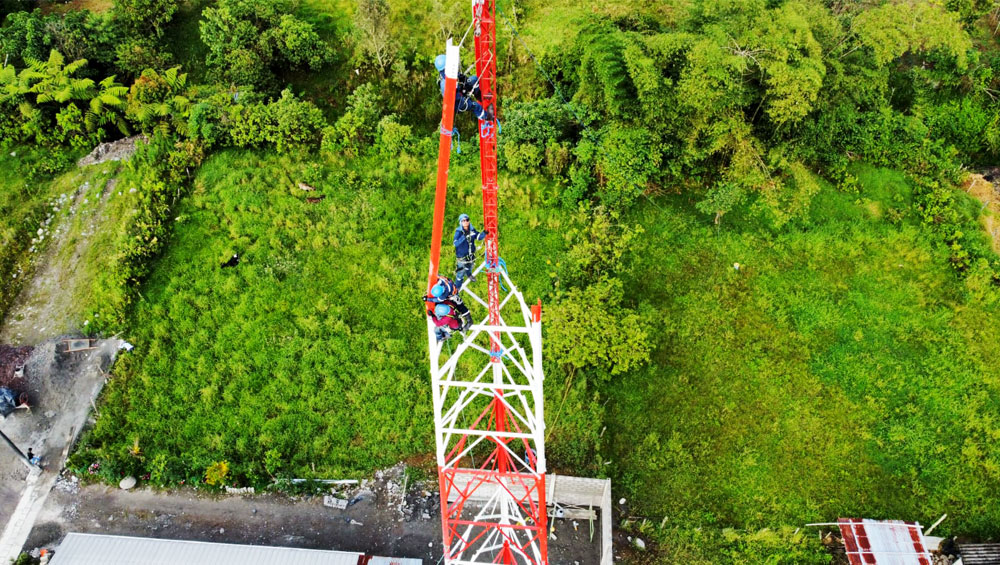
Metal structure to support telecommunications antennas under construction
The telecommunications sector is important for the country in terms of communication and digitization. As it is part of the projects that the Ministry of Telecommunications and the Information Society (MINTEL) and the Government in power must promote to improve the connectivity of people within the Universal Service Plan and thus building a better future for Ecuadorians by reducing the digital gap of coverage, access and affordability, which have been identified as a cause of inequality in Ecuador.




